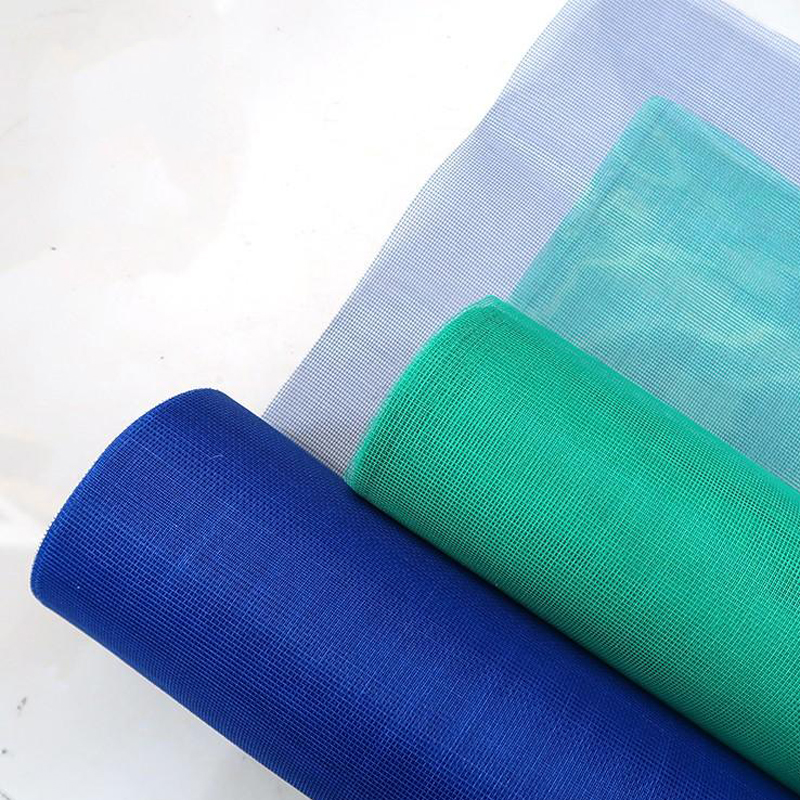A Step-by-Step Guide to Putting in Drywall Screws
When it comes to hanging drywall, one of the most crucial steps is properly securing it. Using drywall screws effectively is essential to ensure a sturdy and finished wall. This guide will walk you through the essential steps for putting in drywall screws, helping you achieve a professional looking result.
Gather Your Materials
Before starting, gather all necessary materials. You will need drywall sheets, drywall screws, a screwdriver or drill, a tape measure, a utility knife, and a T-square or straightedge for making accurate cuts. Having these materials on hand will streamline your workflow and minimize interruptions.
Prepare the Drywall Sheets
First, measure the area where you will be installing the drywall. Cut the sheets to fit the dimensions of the wall using a utility knife and T-square. Ensure that the edges are straight for a flush installation. It’s advisable to leave a small gap at the bottom of the drywall to allow for any moisture and movement.
Position the Drywall
Once your drywall sheets are cut, lift them into position against the wall. It's often helpful to have a partner assist you, especially with larger sheets. For ceilings, consider using drywall lifts or scaffolding to make the process safer and easier. Ensure the sheets are tight against each other, as any gaps will require additional filling later on.
putting in drywall screws

Start Fastening with Drywall Screws
Using a drill or a manual screwdriver, begin fastening the drywall to the studs, typically spaced 16 inches apart in your wall. Start at one end and work your way across. It’s generally recommended to place screws every 12 to 16 inches along the edges of the drywall and every 16 inches in the field (the interior section of the board). Be sure to countersink the screw heads slightly below the surface of the drywall without breaking the paper.
Check Alignment and Depth
After securing the screws, step back and check for any unevenness. Ensure that the drywall is flush and level, with no bows. You can use a straightedge or level to verify alignment. If any screws are not flush with the drywall surface, you can adjust them by either tightening further or removing them and repositioning the drywall sheet.
Finish Up
Once all the screws are in place, the next step involves taping and mudding the joints. Use joint tape and compound to fill in the seams and screw holes, allowing it to dry completely before sanding. This process will create a smooth surface ready for painting or finishing.
Conclusion
Putting in drywall screws correctly is fundamental to achieving a durable and aesthetically pleasing wall. By following this step-by-step guide, you'll not only enhance your skills but also ensure that your drywall installation stands the test of time. A properly installed drywall provides a solid foundation for any room, contributing to both its comfort and appearance.

















